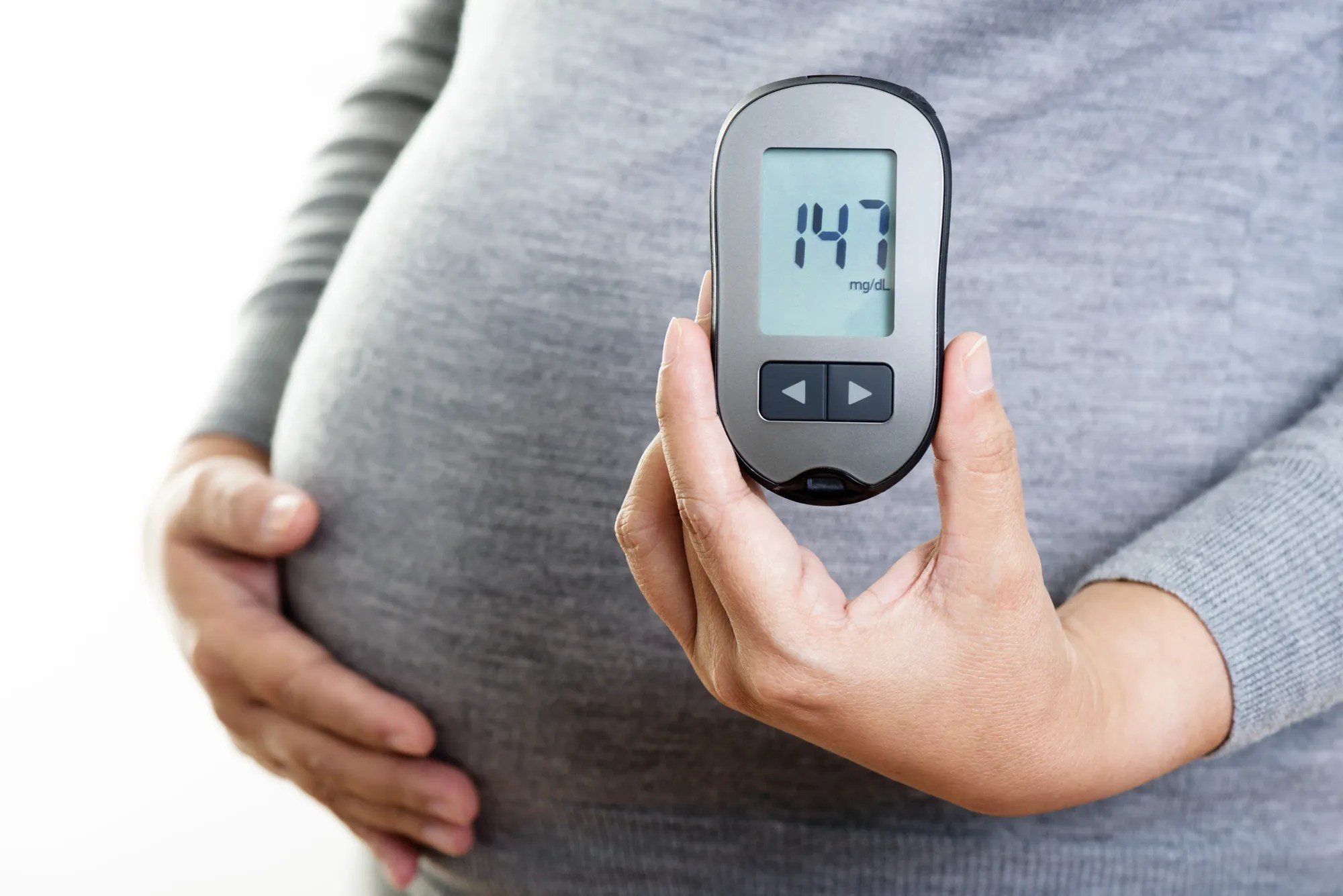Gestational diabetes (GD) is a type of diabetes that develops in pregnant women if their blood sugar levels surge. This type of diabetes usually arises in the middle of the pregnancy, usually between 24 and 28 weeks. The condition occurs only during pregnancy…it does not mean that you already had diabetes.
We reached out to Dr. Manju Gupta, Senior Consultant Obstetrician, and Gynaecologist at Motherhood Hospital, and asked her to tell us all that we need to know about this condition. Read on to know what causes gestational diabetes, its symptoms, how its diagnosed, how to manage it, and more.
Causes
Gestational diabetes is mainly caused by hormonal fluctuations. A hormone called insulin breaks down the glucose from our food which is then delivered to the cells. Insulin ensures that it keeps the level of glucose in our blood at a healthy level; but if the level of insulin is not enough, the sugar starts to build up in the blood which leads to diabetes.
Similarly, during pregnancy, hormones interfere with the way insulin operates which may not regulate your blood sugar levels as it used to, which can then give rise to gestational diabetes in pregnant women.
Other factors responsible for GD are heart disease, high blood pressure, inactivity, obesity, personal or family history of GD, PCOS, and premature birth of a baby weighing nine pounds or more.
Symptoms
GD doesn’t usually come with any symptoms. But some pregnant women end up experiencing frequent urination, nausea, feeling thirsty and tired.
Diagnosis
Your doctor may usually test for gestational diabetes around weeks 24 to 28 of your pregnancy. During this phase, the placenta begins to produce hormones which mainly form organs in the uterus and supply the baby with oxygen and other nutrients. These hormones may then interfere with insulin leading to GD.
Your doctor will test you for blood sugar during pregnancy. The test may have two parts, the glucose challenge test, and the glucose tolerance test.
Management
Women diagnosed with GD need more frequent checkups for blood sugar, while the sugar levels need to be monitored at home using a glucose meter. Some women may need medication to manage this type of diabetes. But most women can control it with a regular diet and exercise.
In order to keep GD under control, you must avoid junk, processed, and sugary foods. Instead, switch to proteins, carbohydrates, fiber, and fat and try to eat smaller portions.
Apart from this, it’s also vital to get a safe exercise plan from your doctor and do it regularly to maintain your sugar levels.
If gestational diabetes is not treated then it can pose health risks to you, including the risks of cesarean birth (C-section), hypoglycemia, preeclampsia, and type 2 diabetes. It can also put the baby at risk and cause breathing problems, hypoglycemia, obesity, premature birth, and type 2 diabetes.
Follow @malinisgirltribe on Instagram for more content like this and download the Girl Tribe by MissMalini App to join our Mommy Life community.

